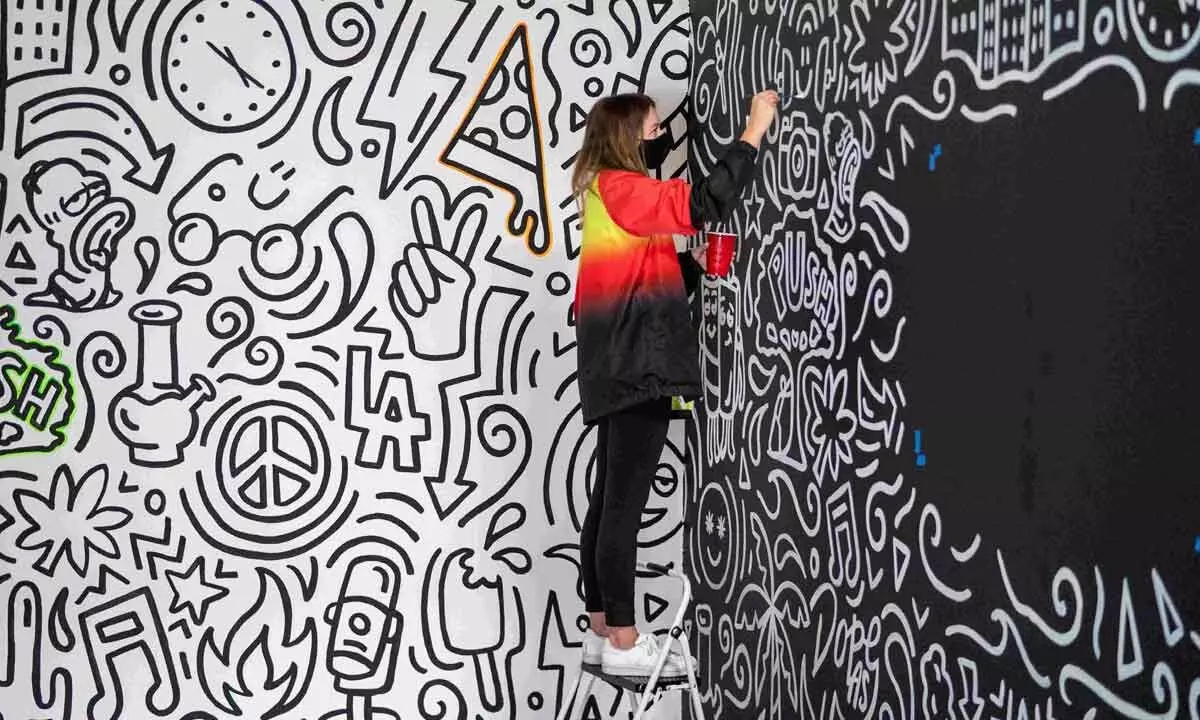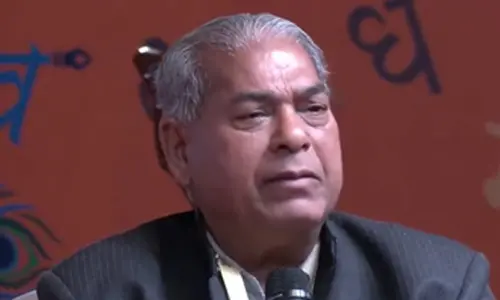Interventions in capacity building for young artists and artisans

Capacity-building interventions are essential for supporting emerging talent in the creative sector. These interventions enhance skills, knowledge, and resources to help artists thrive, navigate industry challenges, and contribute to the cultural landscape. They bridge the gap between education and professional practice, fostering a thriving creative ecosystem
Capacity-building is crucial for nurturing and developing talent in the creative industry enhancing skills, knowledge, and resources. Interventions like training programs, mentorship, and professional opportunities foster creativity, cultural expression, and a sustainable arts ecosystem. Mentorship programs provide valuable experiences, exposure to new ideas, and sustainable business strategies. Mentorship programs foster community, collaboration, and technical skills, ultimately promoting long-term success in the creative field.
Access to Education and Training
Access to education and training is crucial for capacity building for young artists and artisans, as it helps them develop their skills and talents in the creative field. Limited access to education can perpetuate inequalities, as marginalised communities are often excluded from formal artistic training. Interventions targeting capacity building should ensure equitable access to education and training opportunities, such as scholarships, training programs, and mentorship initiatives.
To address the lack of educational opportunities, partnerships between educational institutions and artistic communities can be established, offering apprenticeship programs, mentorship opportunities, and professional development workshops tailored to emerging artists and artisans. Institutions can collaborate with local galleries, museums, and cultural centers to provide scholarships, grants, and residencies supporting young artists’ and artisans’ education and professional growth.
Individuals can benefit from vocational training programs tailored to their needs, providing hands-on training and skill development in various artistic and artisanal fields. Mentorship programs, where experienced artists and artisans guide and advise young individuals on their artistic journeys, provide valuable insights and feedback, fostering a supportive and collaborative environment for learning and growth.
Mentorship and Guidance
Mentorship and guidance are crucial for young artists and artisans, promoting personal and professional growth in the arts. Mentors provide guidance, advice, and support, helping artists navigate challenges and complexities. They share experiences, offer valuable insights, and expose them to new possibilities. Mentorship programs also foster community and support, allowing artists to engage with like-minded individuals and collaborate on creative projects. Successful capacity-building interventions include the Whitney Museum of American Art’s Independent Study Program, the American Craft Council’s Emerging Voices Program, and the National YoungArts Foundation’s mentorship programs. These interventions equip young artists with the necessary skills and knowledge to develop their artistic abilities, gain confidence in showcasing and marketing their work, and navigate the complex art world.
Access to Resources and Markets
Access to resources and markets is crucial for young artists and artisans to realise their artistic potential and share their work effectively. Interventions should focus on providing them with the necessary resources, tools, and opportunities to create their work. Challenges include financial support, limited market access, and a competitive art and craft industry. Successful interventions include art and craft cooperatives, which enhance capacity and strengthen the industry. A comprehensive capacity-building approach includes developing critical thinking abilities, exploring new mediums, and engaging in collaborative projects. Mentorship and entrepreneurship skills can help young artists navigate the professional landscape, empower them to communicate ideas, develop sustainable business models, and thrive in a competitive industry.
Funding and Grants
Securing funding and grants is crucial for young artists and artisans to access resources for training programs, workshops, exhibitions, and professional development opportunities. Financial constraints can hinder growth and success in the creative industry. Interventions like the Ford Foundation’s Art for Change program help artists invest in resources and foster personal and professional growth. These interventions contribute significantly to the capacity building of young artists and artisans, empowering them to thrive in their creative careers.
Networking and Collaboration
Networking and collaboration are crucial for the growth and development of young artists and artisans in the creative industry. These connections offer access to a wider audience, potential patrons, and opportunities to exchange ideas, skills, and knowledge. Collaborations foster creativity, innovation, and resource sharing, allowing artists to explore new horizons and push the boundaries of their artistic expression. Interventions like artist and artisan collectives and mentorship programs help build capacity, enhance skills, and build a strong professional network, contributing to the overall growth and sustainability of the artistic and artisanal community.
Conclusion
Capacity-building interventions are essential for supporting emerging talent in the creative sector. These interventions enhance skills, knowledge, and resources to help artists thrive, navigate industry challenges, and contribute to the cultural landscape. They bridge the gap between education and professional practice, fostering a thriving creative ecosystem. Government, private sector, and philanthropic organisations should provide financial resources and infrastructure for their development. Partnerships between academia, industry, and the artistic community should be fostered to create an integrated ecosystem, fund scholarships, establish training programs, and organise workshops and exhibitions. By investing in capacity-building interventions, society can empower young generations, promote cultural diversity, economic growth, and social cohesion, and contribute to the richness of cultural heritage.
(The writer is an Assistant Director on deputation with the National Gallery of Modern Art, Ministry of Culture, New Delhi)
















